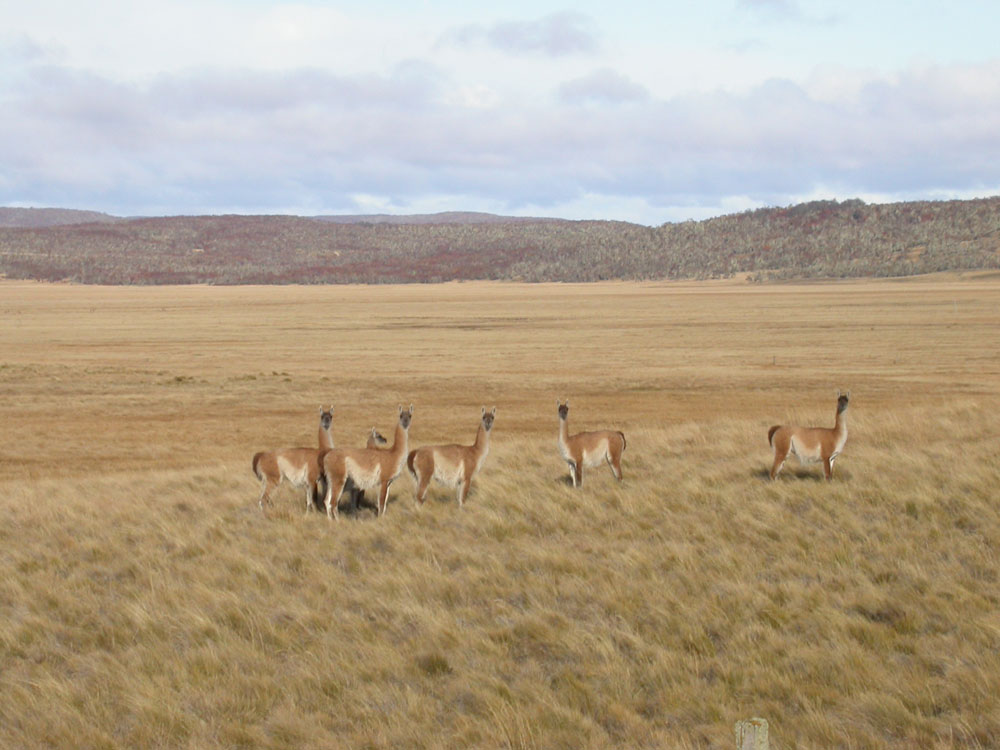New Trail Opens in Chilean Nature Reserve


A new trail has opened within a rugged area of the Chilean island of Tierra del Fuego, connecting uplands to coastal areas, the Wildlife Conservation Society announced today (April 5).
The trail, which will be completed in December, runs 21.3 miles (34 kilometers) through a region called Karukinka — a 728,960-acres protected area owned and managed by the WCS. It will be the first trail to bring tourists to the park's coastline, home to seabirds, penguins and elephant seals.
"With the opening of this trail, WCS is materializing Chile's interest to increase visitors based on nature, conservation and wildlife in the region of Magallanes, one of three national tourism targets," said Bárbara Saavedra, WCS Chile director and president of the Ecological Society of Chile.
Saavedra will be conducting a Karukinka expedition with other WCS leaders, business representatives and members of the media from April 12-18 to explore opportunities for ecotourism entrepreneurs to develop business ventures that will support the conservation of Karukinka's natural heritage.
"Karukinka offers the people of Chile and the world unparalleled opportunities to understand nature," Steven Sanderson, president and CEO of WCS, said in a statement. "Few places on Earth allow humans to feel completely enveloped by wild nature. We are hopeful that Karukinka can become the next great ecotourism destination in Latin America." Sanderson will be part of the expedition.
On land, the group will trek in Karukinka's Vicuña Area and visit the La Paciencia Valley to explore Andean mountains, and Lago Despreciado to explore valued peat bogs. The group will also explore the sea environment, visiting Admiralty Sound, Jackson Bay, Parry Fjord, Albatross Island, La Paciencia and Puerto Arturo bays.
Karukinka contains the world's southernmost old-growth forest, globally significant peat lands, and spectacular wildlife, including Andean condors, guanacos, elephant seals, dolphins, marine birds and the endangered culpeo fox.
Get the world’s most fascinating discoveries delivered straight to your inbox.




